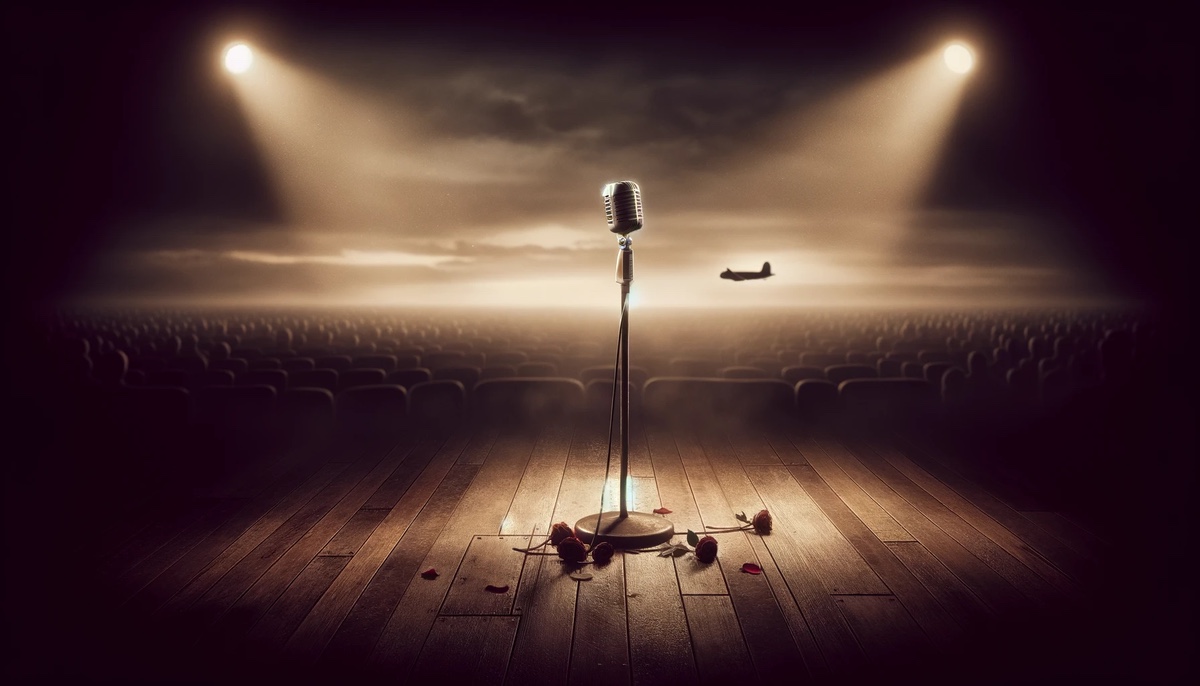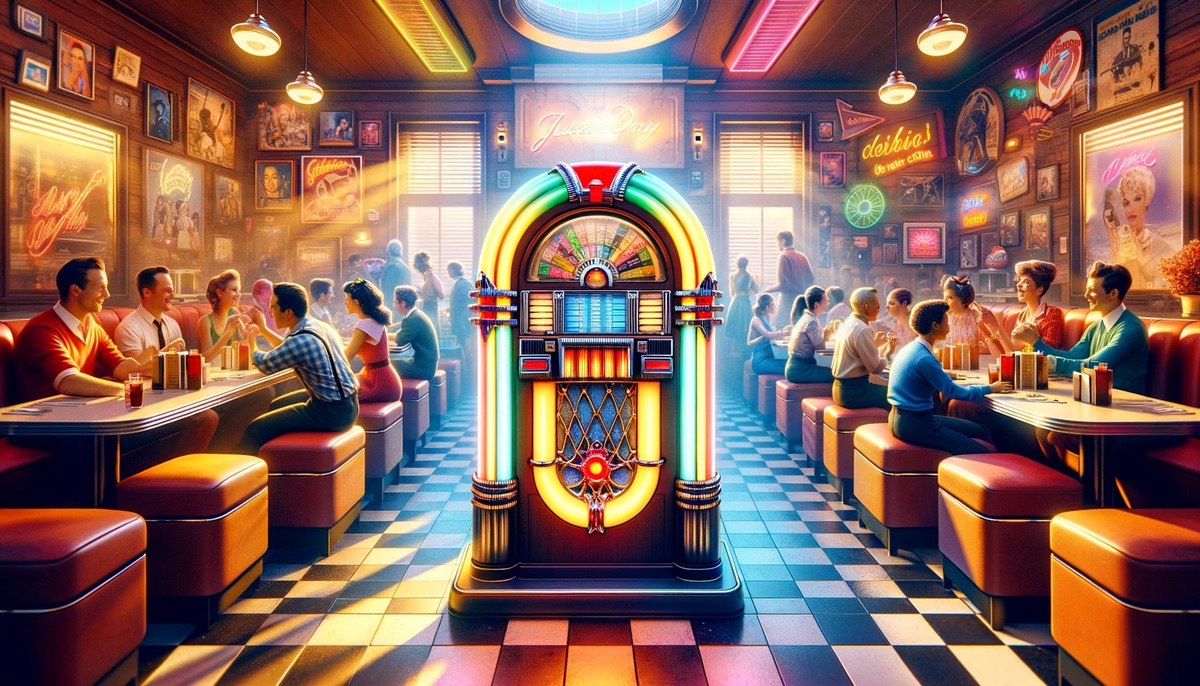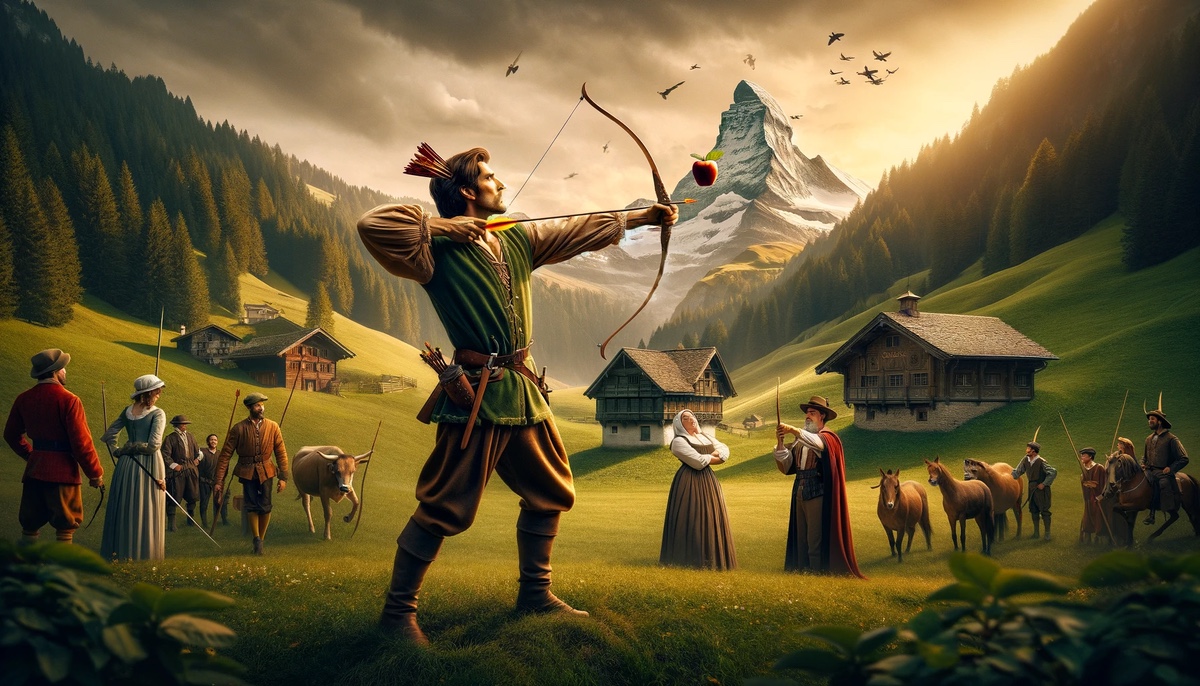
On February 3, 1959, the music world suffered an irreplaceable loss when a tragic plane crash near Mason City, Iowa, claimed the lives of three young musicians: 22-year-old Buddy Holly, 28-year-old J.P. Richardson, known as The Big Bopper, and 17-year-old Ritchie Valens.
This fateful day on February 3rd became etched in history as ‘The Day the Music Died,’ a phrase immortalized by Don McLean in his iconic 1972 song “American Pie.”
Buddy Holly, whose real name was Charles Hardin Holly, hailed from Lubbock, Texas, and left a lasting mark on the music scene with timeless tracks such as “That’ll Be the Day,” “Peggy Sue,” “Oh, Boy,” and “Maybe Baby.” His posthumous release “It Doesn’t Matter Anymore” became a hit in the U.K., though it didn’t reach the top 10 in the U.S. Holly’s influence was recognized with his induction into the Rock and Roll Hall of Fame in 1986, and his life story was compellingly depicted by Gary Busey in the film “The Buddy Holly Story.”
J.P. Richardson, a native of Sabine Pass, Texas, made his mark both as a record-setting DJ at KTRM Radio in Beaumont, Texas, and as an artist with hits like “Chantilly Lace.” He was also a talented songwriter, penning “Running Bear” for Johnny Preston and “White Lightning,” which became a hit for country legend George Jones.
Ritchie Valens, born Richard Valenzuela and residing in Pacoima, California, had already begun to make waves in the film industry with a role in “Go Johnny Go.” His hit songs “Donna” and “La Bamba” not only topped the charts but also paved the way for the fusion of Latin music with American rock. Valens’s life and career were later celebrated in the 1987 biographical film “La Bamba.”
While Buddy Holly’s demise resonated profoundly through the years, the collective loss of these three stars—each at the cusp of their careers—left a void in the heart of 1950s rock ‘n’ roll that fans still feel deeply to this day.



